“Is there something we have forgotten? Some precious thing
we have lost, wandering in strange lands?” Arna Bontemps
I just had a conversation with a long-term friend and client. As we discussed training programs that I’ve facilitated for her over the years, I suddenly had a disquieting thought.
There are learning activities that were once a standard part of my training repertoire, and I rarely ever use them any more.
At first, I worried that I have become less of a risk taker or more hesitant about using dramatic physical demonstrations.
Then I reassured myself that the real reason I haven’t used them is the lack of opportunity over the past few years to facilitate training on topics where these activities would be most beneficial.
As a result, I’ve forgotten all about them.
Which is a shame, because I’ve just returned from conducting conflict management training and one of these activities would have been perfect for that program.
It is an activity that I learned from Tom Crum, who is an Aikido master and the author of The Magic of Conflict. The intention of the activity is to learn how to choose to act, rather than react, to a verbal conflict situation.
The facilitator asks for a volunteer partner to participate in a demonstration. The volunteer is instructed to gently but firmly push the facilitator by touching the facilitator’s upper arm. When this happens, the facilitator just limply moves in the direction of the push. The volunteer essentially pushes the facilitator around.
This represents what we do when we let criticism, for example, push us around. In this case, the criticism takes over and we feel victimized and react wherever we are touched, which is typically a weak response.
Next, the facilitator takes a solid stance with feet apart and explains that, when the volunteer pushes again, the facilitator will take the energy of the push into the facilitator’s center, rather than feeling the push on the arm and reacting to it there. In this case, the volunteer is told to gradually increase the intensity of the push with the idea of pushing the facilitator off balance.
However, in fact the facilitator becomes an immovable object, simply by drawing the energy into his or her center. This represents how we can maintain control in critical or conflict situations, by reaching into our center to decide how we want to act in the situation.
The participants pair off and take turns being the “pusher” and the “pushee,” following the facilitator’s instructions that repeat the steps that were demonstrated.
It is an incredibly effective exercise that allows individuals who tend to feel weak and powerless to gain a brand new sense of their inner strength.
Now, isn’t that a terrific activity to use in a conflict management training program? And isn’t it a crying shame that I totally forgot it even existed?
There is another kinesthetic activity called the “human knot” that I often used to make a final point about team building, or communication, or leadership- or any number of related program topics. You may have seen, participated in or even used this activity yourself.
The facilitator has the participants create a narrow oval shape. They are then instructed to reach out and grab the hands of two different people who are not immediately next to them. This creates a human “knot.”
The facilitator then asks the group if they think they can “untie” the knot without letting go of anyone’s hands. Participants are usually optimistic about their chances. As they begin to try, the facilitator makes sure to advise them to hold hands loosely and not worry if they end up facing in or out of the oval.
Groups are always successful, resulting in one and possibly two separate circles. If there is a need to release one pair of hands to untie the knot, the facilitator asks the group to decide which pair of hands that should be.
Once the human knot has been untied, the facilitator asks the group what it took to make that happen. Their answers may include: sharing leadership, good communication, listening, problem solving, flexibility, teamwork, etc.
You can see how these answers can easily be used to reinforce the key point of the training. The facilitator may say, “If you remember nothing else from today, remember that any human knot can be untied with [whatever the key point of the training might be].”
So, two wonderful learning activities that have been on my shelf too long. I’m going to dust them off and put them to work again.
What activities were brilliant when you used them in the past, but you’ve unfortunately overlooked them in your current training?
May your learning be sweet.
Deborah





